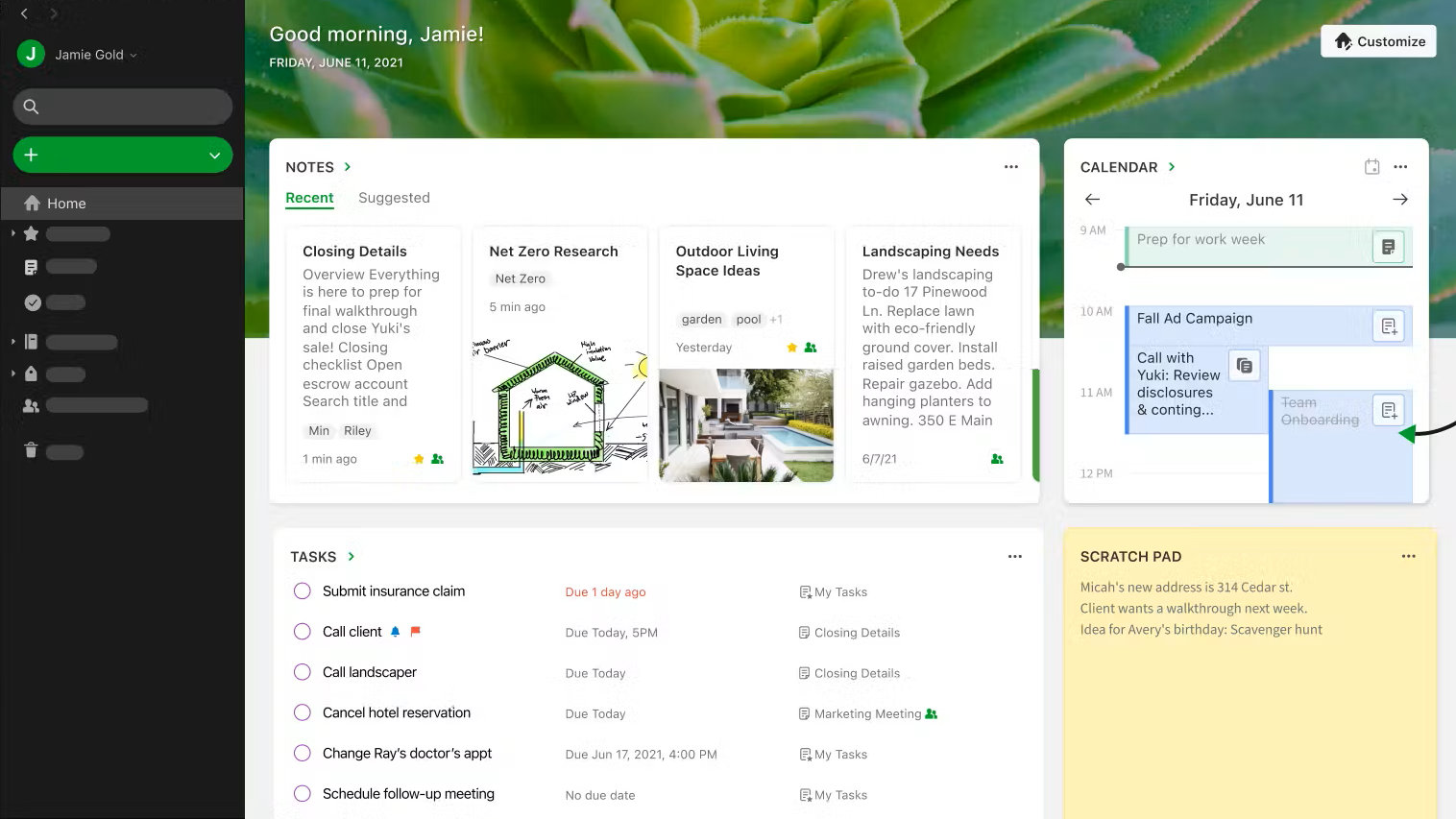Blitz News Digest
Stay updated with the latest trends and insights.
Note-Taking Nirvana: Where Ideas Go to Thrive
Unlock your potential with our ultimate guide to note-taking! Transform ideas into action and achieve clarity like never before.
The Art of Effective Note-Taking: Tips and Techniques for Success
The art of effective note-taking is essential for students, professionals, and anyone eager to enhance their comprehension and retention of information. One effective technique is the Cornell method, which involves dividing your note page into three sections: cues, notes, and summary. Start by jotting down notes in the largest section during lectures or readings. Later, use the cue section to create questions or keywords that help you engage with the material actively. Finally, summarize the notes in your own words, enabling better recall and understanding.
Another valuable strategy is to use visual aids, such as mind maps and diagrams, to complement your notes. These tools can help you organize your thoughts and see connections between different concepts. Additionally, practice the 2-minute rule: take just two minutes after a meeting or class to review and revise your notes while the information is still fresh in your mind. By employing these techniques, you can transform mere note-taking into a powerful learning tool that contributes significantly to your success.

Transforming Notes into Actionable Ideas: A Step-by-Step Guide
Transforming notes into actionable ideas is essential for maximizing productivity and ensuring that your insights lead to tangible outcomes. Start by reviewing your notes carefully, highlighting key concepts and ideas that resonate with you. As you do this, consider creating a mind map to visualize the connections between these concepts. This will help you identify the most relevant points, enabling you to prioritize what deserves your immediate attention. Remember, the key to effective action lies in clarity—when your ideas are clearly defined, you can easily transition from thought to action.
Once you've organized your notes, move on to the steps of turning ideas into action. Begin by selecting one or two of the most promising concepts and formulate specific goals related to them. Use the SMART criteria—ensuring that your goals are Specific, Measurable, Achievable, Relevant, and Time-bound. Next, outline a series of action steps that will guide you towards these goals. To maintain productivity, consider setting deadlines for each step and regularly review your progress. This systematic approach will transform your notes into three actionable ideas, empowering you to achieve your objectives with purpose.
Why Your Note-Taking Style Matters: Find Yours and Maximize Your Productivity
Understanding why your note-taking style matters is essential for maximizing productivity. Different styles cater to various learning preferences, helping you retain information more effectively. For instance, visual learners may benefit from mind mapping, while auditory learners might prefer recording lectures. Adapting your note-taking method to match your personal learning style can lead to significant improvements in how you process and recall information, ultimately enhancing your overall performance.
To identify your note-taking style, consider experimenting with a few popular methods, such as:
- Cornell Method - Divides notes into cues, notes, and summary sections, optimizing review.
- Outline Method - Organizes information hierarchically, making it easier to navigate.
- Flow Notes - Allows for a more free-form approach, incorporating diagrams and connections.